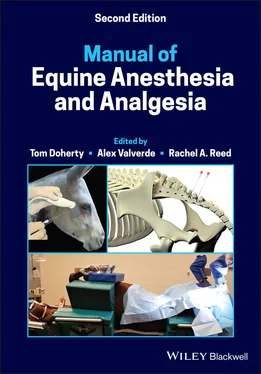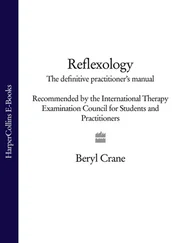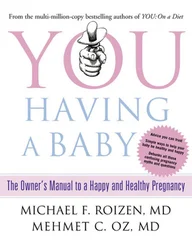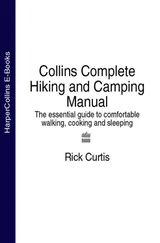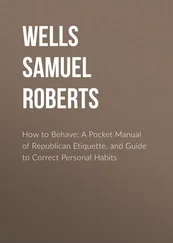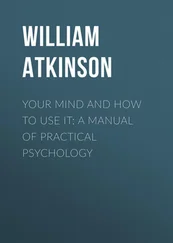The tracheostomy tube should be cleaned or replaced with a clean tracheostomy tube, preferably twice daily. More frequent cleaning or replacement may be necessary if the cannula accumulates exudate rapidly.A clean tube should be inserted as soon as the soiled tube is removed, if the horse is totally dependent on the tracheostomy to breath.
The necessity for maintaining a tracheostomy tube can be evaluated by sealing the opening of the tube with tape and evaluating how the horse breaths. Note: Even if the airway proximal to the tube is no longer obstructed, the horse may have difficulty breathing when the opening is sealed, if the tube is so large that an adequate volume of air cannot move around it. This is more likely to happen if the patient is a foal or a miniature horse.
The wound heals rapidly by second intention after the tube is removed.A tracheostomy that has developed granulation tissue is likely to be healed between two and three weeks after the tube is removed.A thin epithelial scar is often present at the healed site of the temporary tracheostomy.
The wound should be cleaned of exudate once or twice daily. Petroleum jelly should be applied to the skin around the wound, after the wound has been cleaned, to make subsequent cleaning easier.Avoid using soap on the wound.Avoid introducing fluid into the tracheal lumen while cleaning the wound.
When a tracheostomy is performed with the horse anesthetized, the cutaneous and tracheal incisions are sometimes found to be mismatched when the horse stands, because when the horse is recumbent and in dorsal recumbency, with its neck extended, the trachea shifts in relation to the overlying skin.
Incising the annular ligament more than 180° of the circumference of the trachea may result in an obstructing cicatrix when the tracheal incision heals, and the procedure risks transection of a carotid artery or adjacent nerve, such as the vagosympathetic nerve, which lies dorsal to the carotid artery, or the recurrent laryngeal nerve, which lies ventral to the carotid artery.
The site of tracheostomy may develop a stricturing cicatrix if the mucosa on the dorsum of the trachea is incised inadvertently when the tracheostomy is created.This complication is most likely to occur when tracheostomy is performed on a small equid.A tracheostomy tube can be accidentally inserted into the inadvertently‐created mucosal incision on the dorsum of the trachea and advanced submucosally, creating a large submucosal pocket.
When using a Dyson self‐retaining, tracheostomy tube, one of the tongues may be inserted inadvertently into the peri‐tracheal tissue, rather than into the tracheal lumen. This results in insufficient movement of air through the tube into the tracheal lumen and increases the likelihood of infection at the site of tracheostomy.
Subcutaneous and peri‐tracheal infection.Placing gauze sponges, to which an antimicrobial ointment has been applied, between the faceplate of the tracheostomy tube and the cutaneous incision decreases the likelihood of infection at the wound. Gauze sponges also absorb exudate, preventing excoriation of skin from accumulation of exudate.
Subcutaneous emphysema often surrounds the site of tracheostomy. This can extend proximally, to involve the head, and caudally, to involve the trunk.Compressing the faceplate of the tracheostomy tube to the wound with elastic adhesive tape decreases the likelihood of subcutaneous emphysema developing at the wound. (see Figure 4.17)Severe subcutaneous emphysema is likely to develop if the tracheostomy tube is insufficient in cross‐sectional area to relieve high negative intrathoracic pressure. Exaggerated inspiratory effort pulls air through the cutaneous incision.
Pneumothorax can result from migration of subcutaneous air into the mediastinal space and then into the pleural cavities.Inserting a tracheostomy tube insufficient in cross‐sectional area to prevent high intrathoracic pressure may contribute to development of pneumothorax.
Completely transecting a tracheal ring leads to enfolding of the ring into the tracheal lumen, because the tracheal rings are incomplete dorsally.
Leaving the cuff of a cuffed tracheostomy tube inflated for more than three hours may lead to mucosal damage, which in turn, may lead to a stricturing cicatrix.
1 Chesen, A.B. and Rakestraw, P.C. (2008). Indications for and short‐ and long‐term outcome of permanent tracheostomy performed in standing horses: 82 cases (1995‐2005). J. Am Vet. Med. Assoc. 232: 1352–1356.
2 Saulez, M.N., Slovis, N.M., and Louden, A.T. (2005). Tracheal perforation managed by temporary tracheostomy in a horse. J. S. Afr. Vet. Assoc. 76: 113–115.
Natalie S. Chow
The functions of the kidney include the following:Elimination of nitrogenous and organic waste.Regulation of body water and electrolytes.Regulation of blood pressure.Maintenance of acid–base status.Production of hormones, including erythropoietin, calcitriol, and renin.
II Normal anatomy and physiology
The equine kidney is unilobar.
The kidney can be divided into the cortex, medulla, and renal pelvis.The cortex is the outer portion between the renal capsule and the medulla.The medulla is the inner portion that is responsible for maintaining the salt and water balance of the blood.The pelvis is a continuation of the proximal portion of the ureters, carrying urine from the kidney to the urinary bladder.
The nephron is the functional unit of the kidney.It is composed of the renal corpuscle and the renal tubule.
The renal corpuscle consists of the glomerulus and Bowman's capsule. These structures are responsible for filtration.
The renal tubule consists of:
The proximal convoluted tubule (PCT).The loop of Henle (LOH) (composed of descending and ascending limbs).The distal convoluted tubule.The collecting duct.These structures are responsible for reabsorbing and secreting electrolytes and water across the tubular lumen.
Approximately 95% of urine is water; the remainder is organic and inorganic solutes.
It consists of a network of specialized capillaries, which is surrounded by Bowman's capsule.
It allows fluid, very small proteins, and electrolytes to be filtered and enter the PCT.
The glomerular filtration rate (GFR) can be measured to determine renal function.
Proximal convoluted tubule
After leaving the glomerulus, the filtrate enters the PCT.
The PCT is responsible for the active reabsorption of more than 60% of the filtered substances.
Major substances reabsorbed include sodium, potassium, calcium, phosphate, magnesium, chloride, bicarbonate, urea, glucose, and amino acids.
The PCT is permeable to water and follows the reabsorption of the electrolytes.
The PCT is the major site of ammonia production.
The descending limb of the LOH receives filtrate from the PCT.Little to no active transport processes occur here.This part of the LOH is only permeable to water.Water is reabsorbed via osmosis, making the filtrate hypertonic compared to plasma.
The ascending limb of the LOH receives filtrate from the descending limb.Electrolyte reabsorption via active transport occurs here.It is impermeable to water.This is the major area of solute reabsorption.The filtrate becomes hypotonic relative to plasma.
Distal convoluted tubule ( DCT )
Electrolyte and water reabsorption occurs here.
Читать дальше
